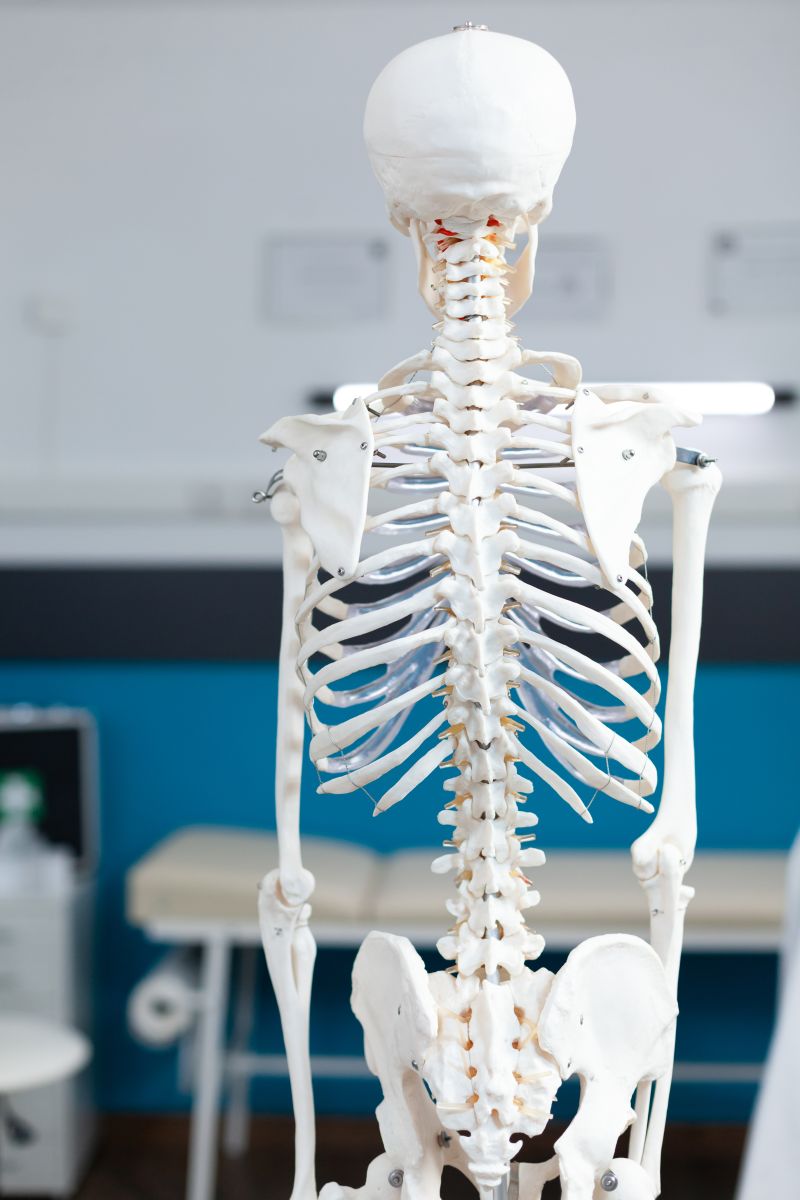A thorough examination precedes any question about treatment.
In addition to their expertise and years of domestic and international experience, our specialists utilize a range of modern diagnostic tools to establish the most accurate diagnosis and recommend a personalized therapy plan.
Identifying the source of the pain is essential for developing an effective treatment plan. At our clinic, every case begins with a physical examination, which may be complemented by imaging studies or other tests (e.g., nerve conduction studies). High-quality, high-resolution imaging - particularly MRI - is indispensable for obtaining a complete understanding of the processes underlying lower back pain.





